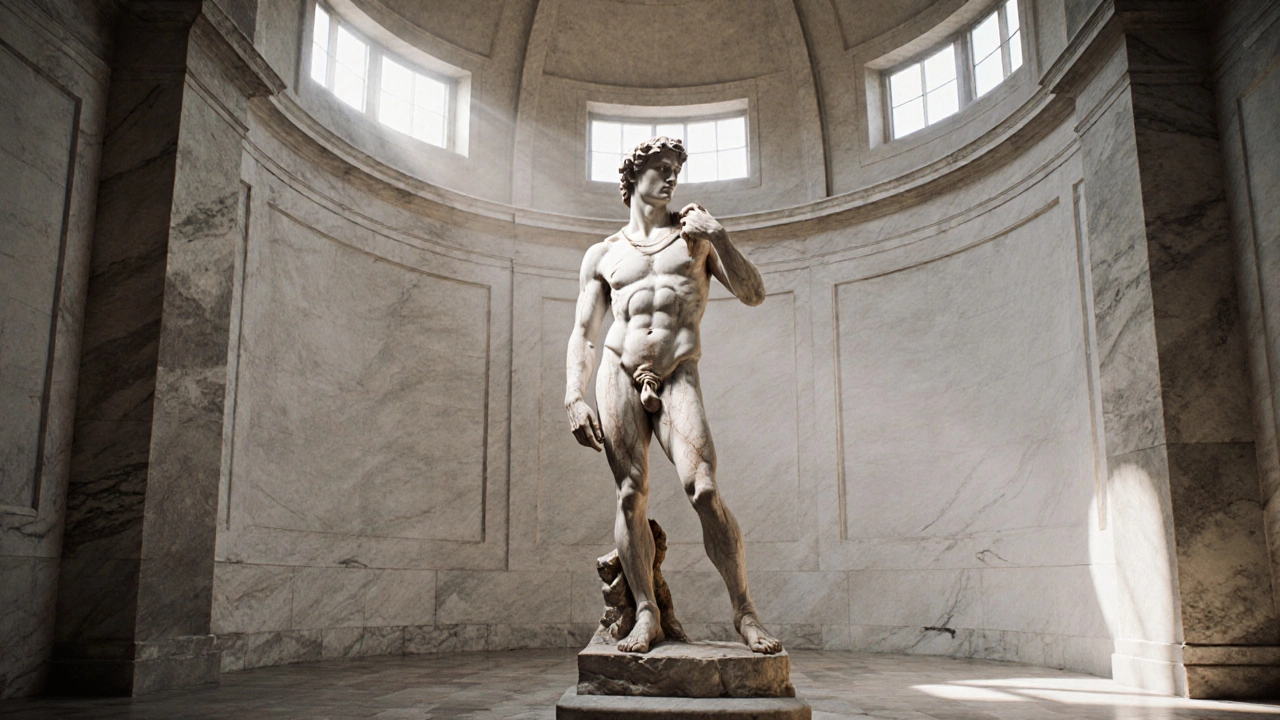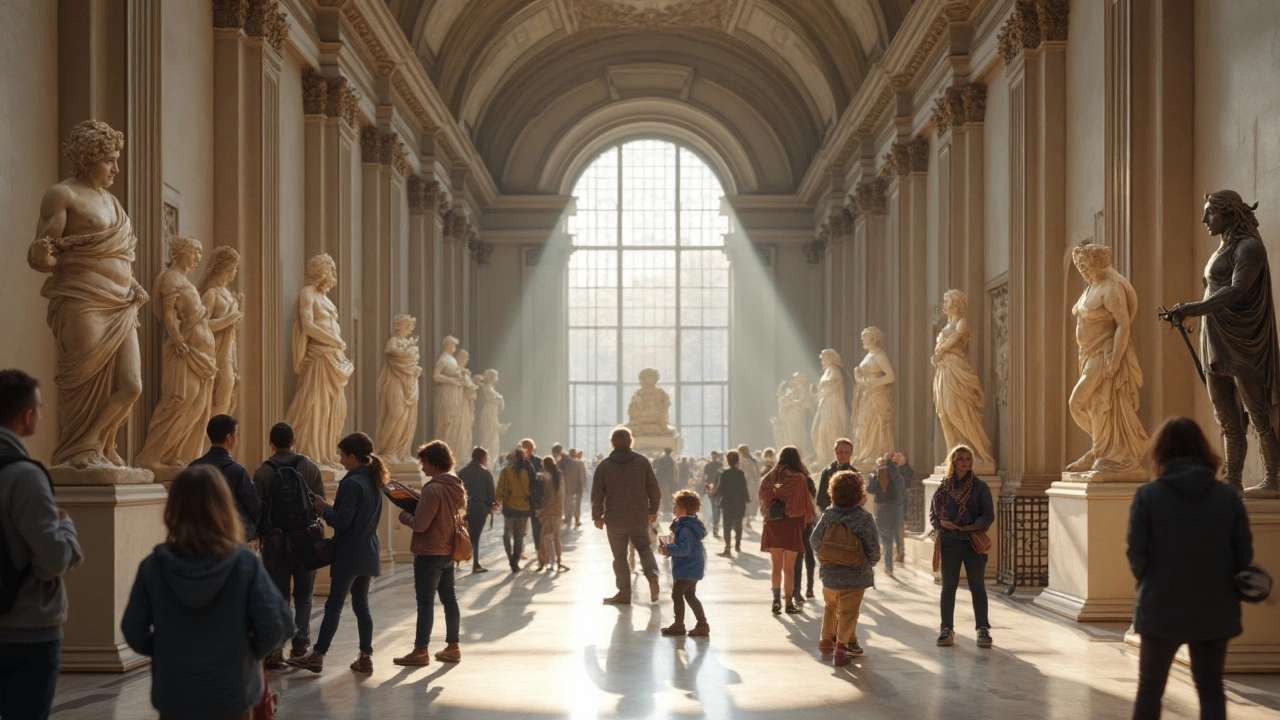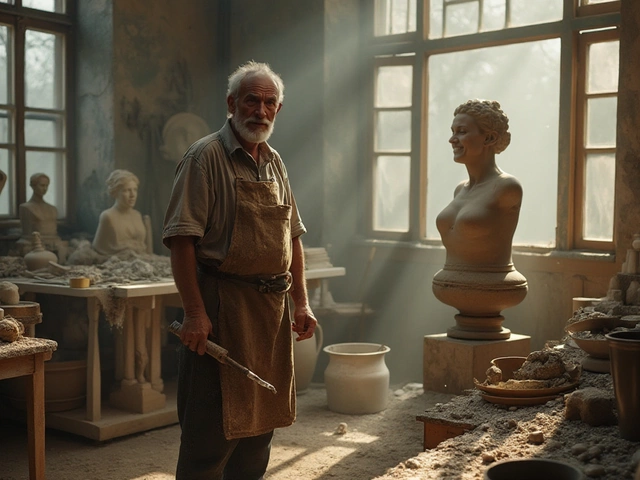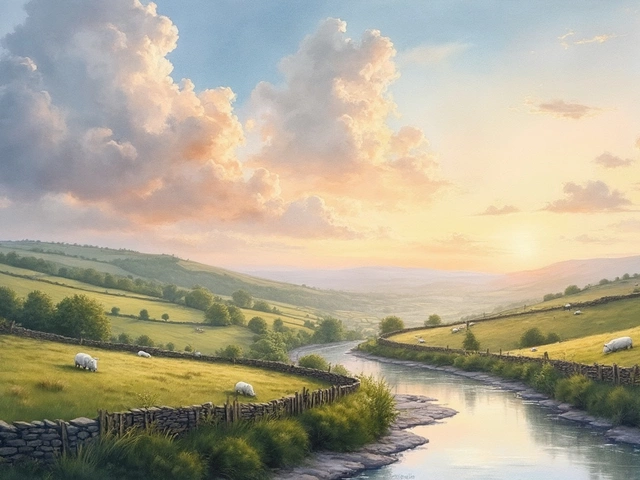Famous Sculptures: A Curated Look at Iconic Works and Artists
When exploring famous sculptures, well‑known three‑dimensional artworks that have shaped culture and inspired generations, you instantly meet the giants of sculpture techniques, methods such as carving, modeling, casting and assembling that turn raw material into form. These pieces are often linked to iconic sculptures, landmark works like the Statue of Liberty or Michelangelo’s David that symbolize artistic achievement and to the minds behind them, the famous sculptors, artists whose names have become shorthand for innovation in three‑dimensional art. Their choices of sculpture materials, stone, bronze, wood, resin, or digital media, dictate the look, feel and longevity of the work. Famous sculptures encompass cultural stories, technical mastery, and the relentless push of what can be made from solid matter.
How Technique, Material, and Artist Interact
Creating a piece that joins the ranks of iconic sculptures requires a blend of skill and vision. Carving, the oldest technique, relies on subtractive work—sculptors chip away at marble or wood until the form emerges. Modeling, by contrast, adds material, letting artists shape clay or wax before casting it in metal. Casting then preserves that shape, often using bronze, a material prized for its strength and patina. Assembling bridges the gap, joining different parts or materials into a single statement. Each method influences the final aesthetic; a bronze cast captures fine detail, while a stone carving highlights texture and weight. The choice of material also shapes the story a sculpture tells. Bronze, with its endurance, often marks public monuments meant to last centuries. Marble carries a classical aura, making it a favorite for mythic figures. Modern artists experiment with resin, fiberglass, or even 3‑D‑printed polymers, pushing the definition of sculpture into the digital age. When a famous sculptor selects a medium, they’re not just picking a tool—they’re setting a tone that will resonate with viewers for decades. This link between artist, technique, and material explains why some works become cultural landmarks while others fade. Our collection below reflects this rich interplay. You’ll find guides on the four core sculpture techniques, deep dives into the lives of creators who defined the field, and overviews of material science that help you choose the right medium for your own projects. Whether you’re a hobbyist curious about carving wood, a student studying the history of iconic sculptures, or a professional sculptor looking for new material ideas, the articles ahead give actionable insight and real‑world examples. Dive in and see how the pieces fit together.

Discover iconic examples of sculpture art from Michelangelo's David to modern installations like Cloud Gate. Learn what makes sculpture unique and how it connects us across time and culture.

Curious about who stands as the most famous sculptor in history? This article cuts straight to the heart of the debate, looking at giants like Michelangelo and Rodin, then compares them to bold modern artists. Readers get clear answers, plenty of fun facts, and tips for spotting truly great sculpture, whether you're a museum rookie or an art lover. Find out how these sculptors shaped the world around them—sometimes literally. We also look at how their fame grew and why their art still matters today.





